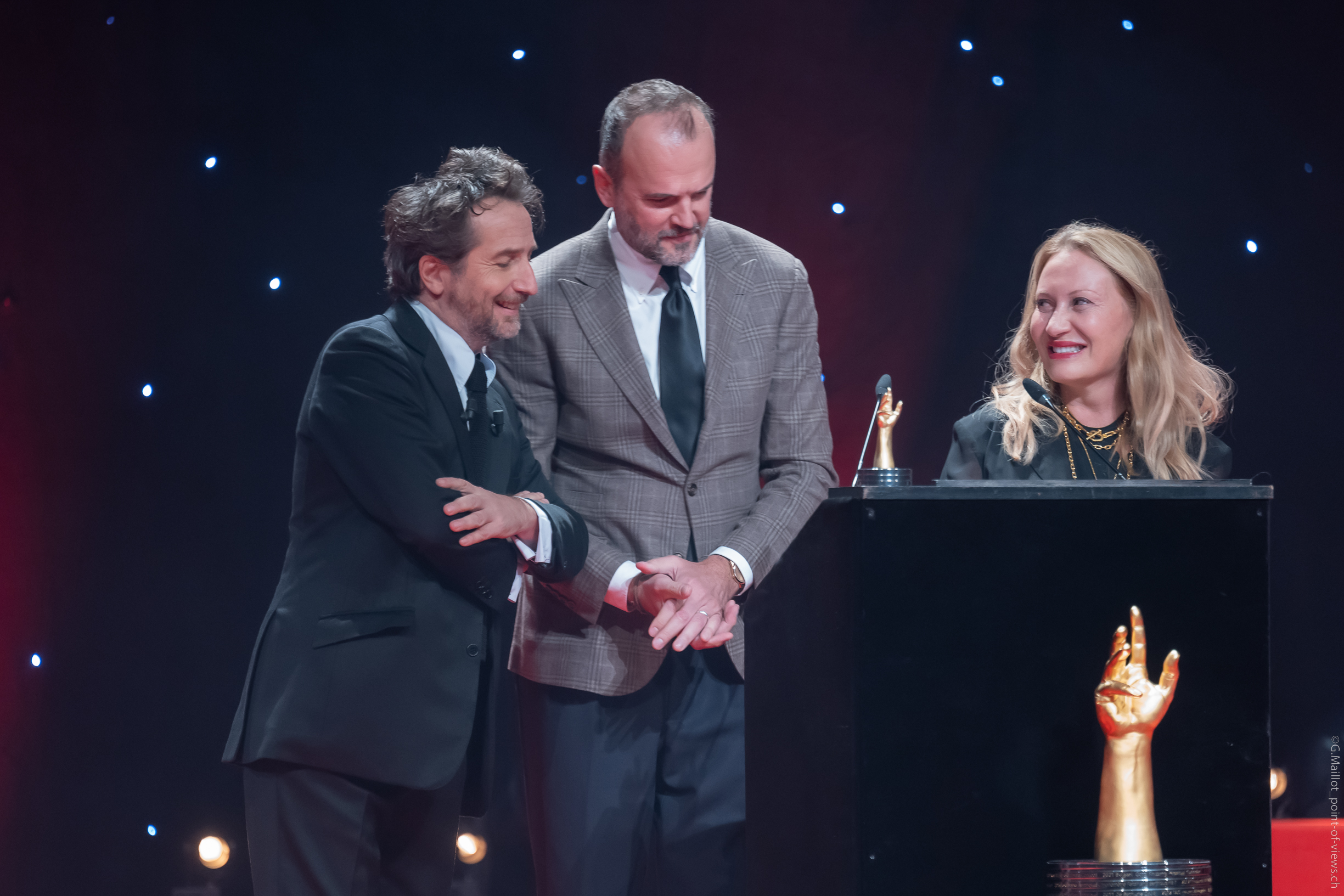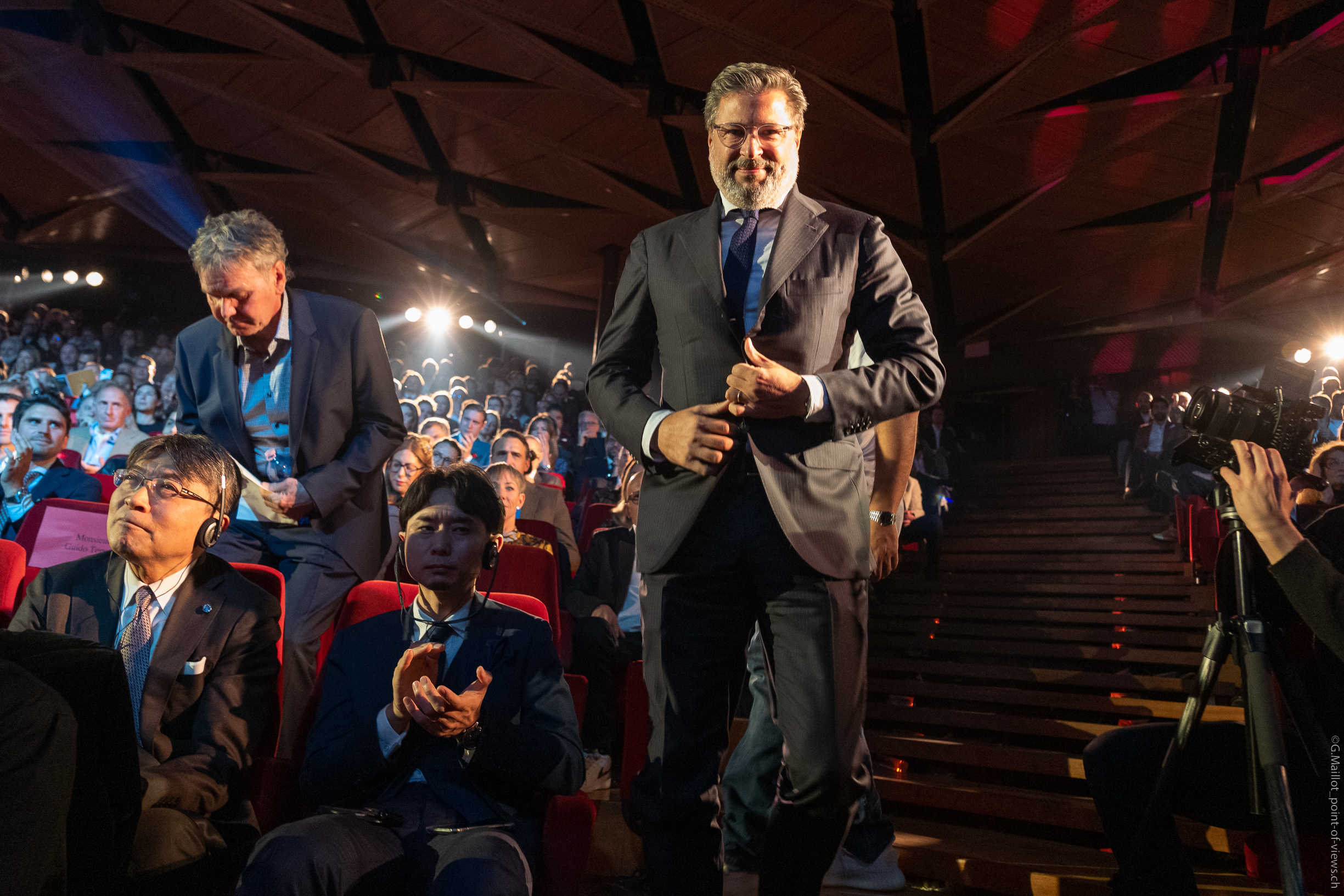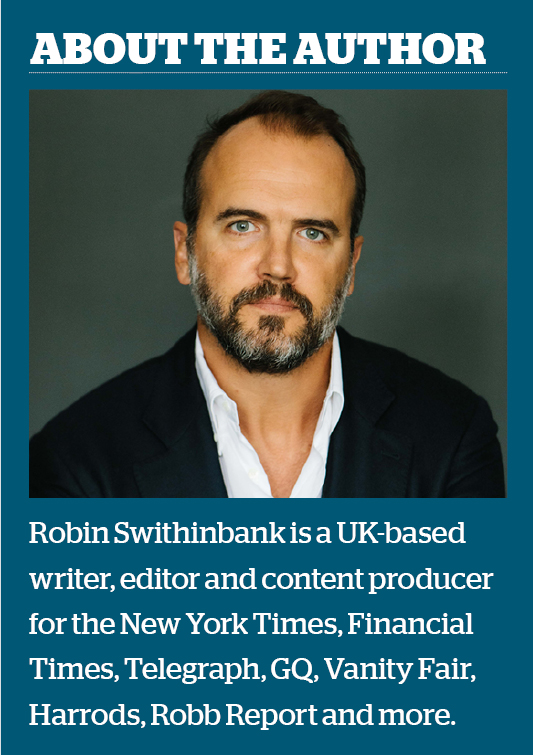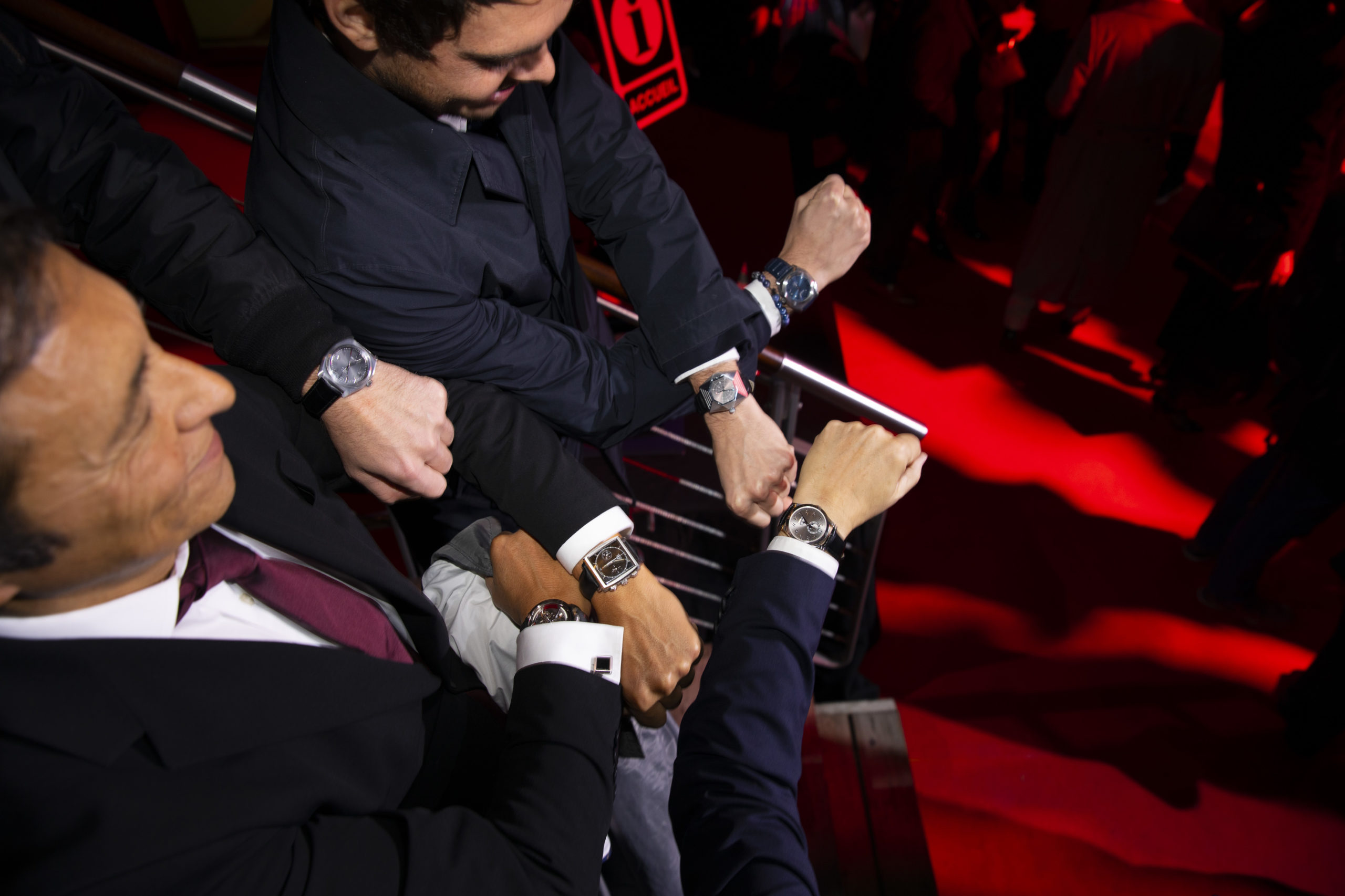After his stint on the jury of this year’s Grand Prix d’Horlogerie de Genève, Robin Swithinbank asks whether there is still a place in today’s watch industry for insider back-slapping.
Not a single brown envelope. No winks, no nudges, no promises of all-expenses-paid trips to desert islands. Nothing.
Despite my best efforts to publicise my appointment to the jury of this year’s Grand Prix d’Horlogerie de Genève (GPHG), not one of the nominated brands attempted to buy my vote. I mean, hello? Is this thing on?
The GPHG attracts all sorts of criticism. Apex predators generally do. That it’s somehow on the make is usually right up there, this being the easiest accusation you can level at anything or anyone if you’re looking to undermine their authority in double-quick time.
Yes, money does change hands. Brands pay thousands of francs to enter and for the privilege of being shortlisted, and the CHF 5,000 it costs to become a ‘friend’ of the GPHG looks a bit washy.
But is that not the price of funding a non-profit and its catalog of international activities created to serve an industry’s purposes (as well as its own)?
I’m not really sure, but if there is dirty money sloshing around, not a penny of it came my way.
Jury membership was offered with a fee of precisely zero, although for full disclosure the GPHG did pay for me to get to Geneva and back and put me up while I was there.
All I got beyond that were a few emails and LinkedIn messages from shortlisted brands offering to explain their contraptions in a bit more detail, should I need it, which I might have done, but chose to ignore.

Beyond talk of under-the-table dealing comes the question of whether the GPHG actually matters.
Does it?
I don’t imagine punters are any more likely to buy a TAG Heuer Monaco because it won the Icon prize this year. But then it’s not that it doesn’t matter at all either, even to the big boys.
See Bulgari and chief executive Jean-Christophe Babin’s speech at this year’s event in which he made it clear he wasn’t happy relinquishing the title his company acquired 12 months ago.
And of course it matters to small independents.
MB&F’s Max Büsser struggled to hold back the tears on picking up this year’s Aiguille d’Or. Try telling him the GPHG is just a weird-looking mantlepiece trinket awarded by a society of navel-gazers.
What about vote fiddling? From where I was sitting, the voting process felt robust.
As jurors, we were invited to score six watches in each of 15 categories, 10 for the best and then a sliding scale down to 1, before passing our secret ballots to an independent notary from Geneva.
The Swiss are sticklers, you see.
If the GPHG’s mission is to see the watch industry elevated around the world, the scope should be widened to acknowledge relevance and impact. The Oscars, to which the GPHG is often compared, faces the same issue, garlanding obscure art-house films no one goes to see while overlooking the blockbusters that prop up the industry.
If the vote were fiddled, we wouldn’t have seen some of this year’s results, kept from the jury until they were announced.
How would Audemars Piguet, the GPHG’s richest participating brand, have walked away empty-handed in the 50th anniversary year of the Royal Oak if this were the case?
Hermès’s double win for the same watch gives us an idea, too.
The blind vote meant jurors had no way of ‘balancing’ the results.

In theory, the same could — and probably should — have happened to the five-times-nominated Parmigiani Tonda, but for reasons I can’t compute, it didn’t. But then I don’t understand how anyone voted for Liz Truss (prime minister of the UK for 42 days), either.
That’s just how an open vote works.
I do wish the GPHG were more open, though, at least in the sense of a bigger playing field.
The absence of so many of the industry’s big names, including seven of the top 10 by turnover, narrows the process considerably and undermines its credibility to a degree.
But before we go thinking this is entirely the GPHG’s fault, remember for a second that you’d be hard pressed to find someone there who wouldn’t welcome Rolex, Patek Philippe, Richard Mille et al into the fold.
Personally, I find the ‘we can only lose’ argument offered by those absent friends rather vain, and a symptom of the strange mix of arrogance, fear and unbending conservatism that defines so much of watchmaking.
Then again, a category shake-up almost certainly wouldn’t go amiss, starting with the Aiguille d’Or itself. Not to take anything away from MB&F’s magnificent winner, but this is reserved for the “best overall watch” from those nominated and the one “deemed the most representative of the watch industry as a whole”.
For some, a recherché, ultra-low-volume watch may be that, but I’m not sure how — and apparently neither are Cartier or Omega.
The most singular, most watchmakery watch? Sure. But if the GPHG’s mission is to see the watch industry elevated around the world, the scope should be widened to acknowledge relevance and impact.
The Oscars, to which the GPHG is often compared, face the same issue, garlanding obscure art-house films no one goes to see while overlooking the blockbusters that prop up the industry.
And why no prizes for design?
Last year’s Deloitte Swiss Watch Industry Study showed that design came out as one of the top three considerations behind a watch purchase in nine of the world’s 11 largest watch markets (I struggle to believe the Chinese and the French who said sustainability mattered more).
In the UK, design is number one, while where it’s knocked into second place, it’s by the greatest of purchasing motivators: price.
Mechanical ingenuity, novel complications, finishing — nothing of that ilk featured in Deloitte’s survey. And yet at the GPHG, they are foremost.
OK, so there’s the Petite Aiguille, but as the name suggests, it’s very much the junior award.
 We could keep picking this apart for hours, but I’m out of words.
We could keep picking this apart for hours, but I’m out of words.
Yes, the gender distinctions feel increasingly limiting. Why on earth is there still a tourbillon prize? No award for all-conquering sports watches? Are we really still talking about clocks?
And as for the tradition of inviting the Grand Prix winner to the following year’s jury?
That should be scrapped before the accusation of brands marking their own homework sticks.
But, no matter. I can’t help feel the GPHG remains a hugely valuable enterprise, not unlike watch fairs.
One for all and all for one, I suppose. The GPHG is an industry barometer and a signal to the world of this industry’s might and value. All power to it.
And yet not one person has left a bag stuffed full of cash at my door inviting me to say so.
Anyone there…?


A very interesting and thought provoking article, Robin. Many thanks for shining a light on this event and its workings.